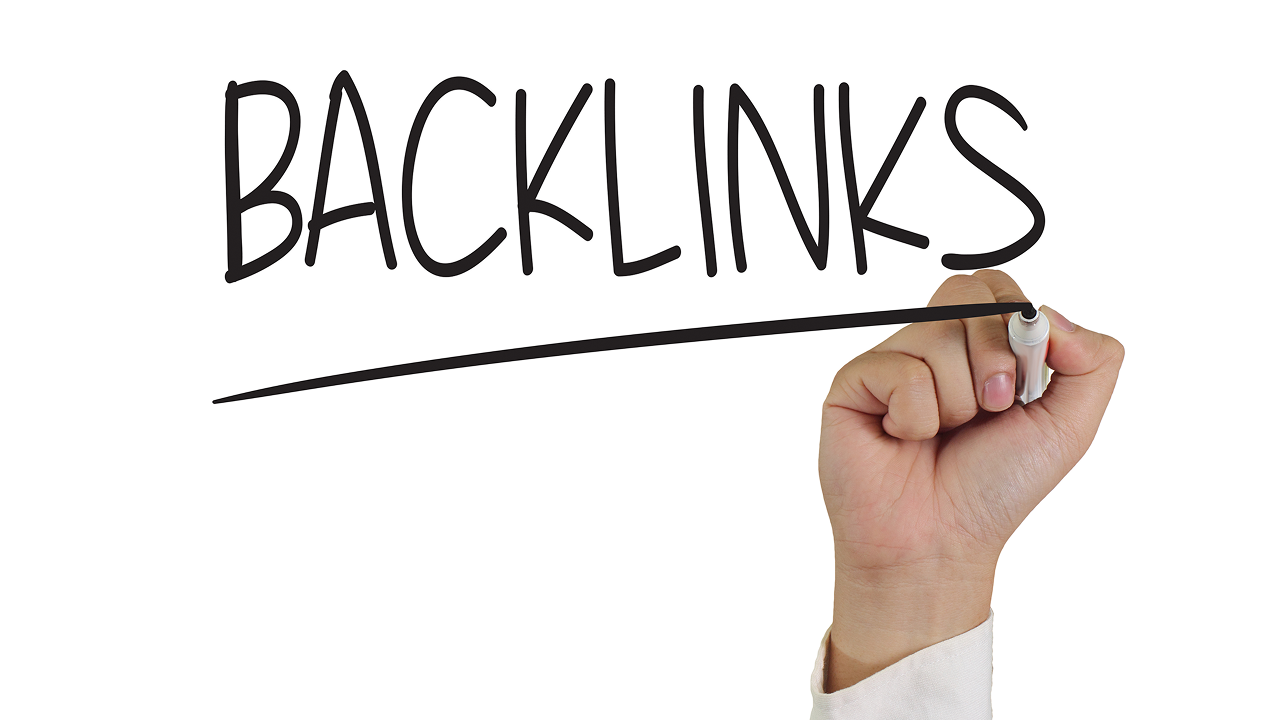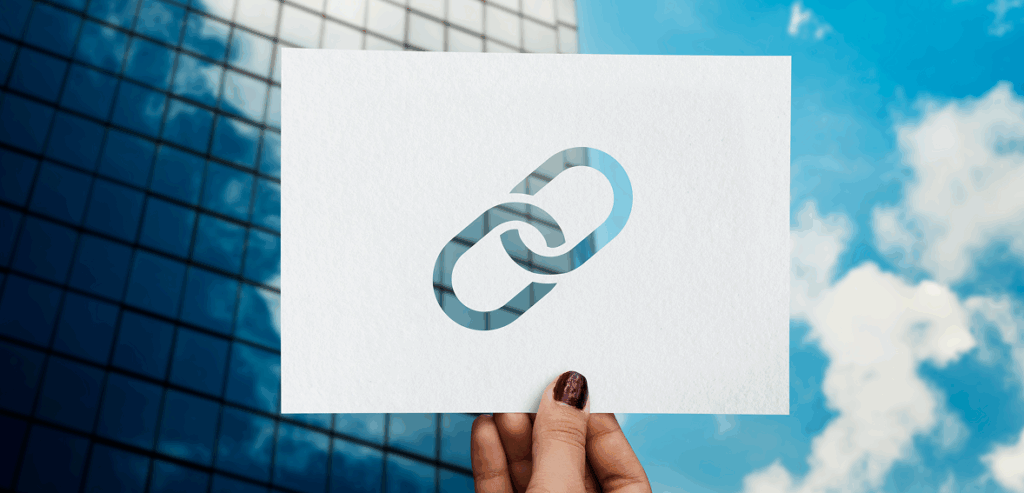
By Mary Peterson August 11, 2025
A sudden drop in backlinks can be alarming for any website owner, marketer, or SEO professional. Backlinks are a core part of search engine ranking algorithms, and a significant loss can lead to decreased visibility, lower organic traffic, and a dent in brand credibility. The causes can range from routine site updates on linking domains to algorithm changes, link pruning by webmasters, expired domains, or even penalties for spammy link-building practices. Regardless of the reason, quick and strategic action can help you recover lost ground and rebuild a healthy link profile.
Recovering from a backlink drop is not about scrambling to replace every lost link overnight. Instead, it requires understanding why the drop happened, identifying which links were lost and why, and implementing sustainable strategies to regain authority. This process blends technical analysis, relationship-building, and content strategy to ensure that future backlinks are both high-quality and long-lasting. In 2025’s competitive SEO landscape, taking a methodical approach is the key to turning a setback into an opportunity for improvement.

Understanding the Impact of a Backlink Drop
Before jumping into recovery strategies, it is important to understand why backlinks matter so much. Backlinks are signals to search engines that your website is trustworthy and relevant. When high-quality backlinks disappear, your site loses part of that trust signal. This can cause a decline in rankings, especially if the lost links were from authoritative, relevant domains. In many cases, the impact is gradual, but if the drop is large or sudden, it can have an immediate effect on organic traffic.
A backlink drop can also affect referral traffic, which is often overlooked. Many high-value backlinks do not just help SEO but also bring visitors directly from other sites. Losing such links can mean fewer potential customers or readers finding your content. Therefore, the impact is twofold—search visibility and direct audience reach are both at stake. Understanding these consequences underscores why swift and targeted action is necessary.
Identifying the Scale and Cause of the Drop
The first step in recovery is to determine the size of the problem. This involves using backlink tracking tools such as Ahrefs, Semrush, or Google Search Console to compare historical link data with current numbers. By filtering the report to show only recently lost links, you can identify which pages and domains were involved. It is important to note the authority and relevance of each lost link to prioritize which ones are most worth regaining.
Once the lost backlinks are identified, the next step is to investigate why they disappeared. Common reasons include the linking page being deleted or updated, the website undergoing a redesign, content changes that removed your link, or the linking site itself going offline. In some cases, the removal may be deliberate if the site owner decided to prune old or irrelevant links. Determining the cause helps shape the recovery strategy, as the approach to regaining a link from a deleted page will differ from restoring one removed during a content update.
Checking for Google Penalties or Manual Actions
Not all backlink drops are due to natural attrition. Sometimes, a loss in backlinks is accompanied by a drop in rankings caused by algorithmic changes or manual penalties from Google. Checking Google Search Console for any messages or manual action notices is crucial. If a penalty is in place due to unnatural links, the recovery process will involve cleaning up your backlink profile before attempting to rebuild.
Algorithm updates can also affect how certain types of links are valued, which may lead to them being discounted. In such cases, the links may still exist, but their SEO value is diminished, which can mimic the effect of a backlink drop. Identifying whether the issue is penalty-related ensures you do not waste time trying to regain links that search engines no longer find valuable.

Prioritizing High-Value Links for Recovery
Not all backlinks are worth chasing. A small number of high-quality, relevant links can provide more SEO benefit than dozens of low-value ones. Prioritizing links from authoritative domains in your niche should be the first step in recovery. These are the links that contribute the most to rankings and credibility, making them worth the effort to restore.
To prioritize effectively, consider metrics like domain authority, traffic levels of the linking site, and the context in which the link appeared. Links embedded naturally within relevant content are more valuable than those in unrelated or low-quality placements. By focusing on high-value links first, you can regain the most important trust signals quickly, even if it takes longer to restore the full backlink count.
Reaching Out to Webmasters for Link Restoration
Once you have identified priority links, the next step is direct outreach to the webmasters or editors of the linking sites. The tone of outreach matters—keep it polite, professional, and appreciative. In many cases, site owners are willing to restore a link if it was removed unintentionally or during a site update.
When contacting webmasters, provide the exact URL where the link was located, the anchor text used, and the page it linked to. If the original page is no longer available, suggest a suitable alternative on your site. This makes it easier for the site owner to restore the link without additional work. While not every outreach will be successful, a well-crafted message increases the chances of a positive response.
Updating and Improving Link-Worthy Content
Sometimes, backlinks are lost because the linked content becomes outdated, less relevant, or overshadowed by newer resources. One effective recovery method is to update and improve the content that originally attracted the link. This could involve adding new data, refreshing examples, improving visuals, or expanding the depth of coverage.
Once the content is improved, you can reach out to the sites that linked to it in the past, letting them know about the update. This not only gives them a reason to restore the link but also positions your content as a more valuable resource for their readers. In some cases, an improved piece of content may attract new backlinks, helping offset the losses entirely.

Creating Fresh Opportunities for New Backlinks
Recovering lost backlinks does not always mean restoring the exact same ones. In many situations, it is faster and more effective to focus on building new high-quality links. This involves creating fresh content tailored to attract backlinks, such as original research, industry reports, case studies, or useful tools.
You can also explore guest posting on relevant industry websites, participating in interviews, or contributing expert insights to media outlets. These activities not only generate new backlinks but also expand your reach to new audiences. While the goal is to recover from a drop, building new links ensures your overall link profile continues to grow and diversify.
Monitoring Your Link Profile Regularly
One of the best ways to prevent future backlink drops is to monitor your link profile on a regular basis. By keeping track of newly acquired and lost links, you can address issues before they become major setbacks. Setting up alerts in SEO tools allows you to be notified when important links are removed, enabling faster action.
Regular monitoring also helps you spot patterns, such as a specific type of content consistently losing links after a certain period. This insight can guide content updates, relationship maintenance, and link-building strategies that are more resistant to attrition.
Strengthening Relationships with Link Sources
Backlink acquisition is not just a technical process—it is also about relationships. Building long-term connections with journalists, bloggers, and industry influencers increases the likelihood that your links will be maintained and even expanded. By staying in touch, providing them with valuable resources, and engaging with their work, you establish trust that extends beyond a single link.
Such relationships can lead to repeat link placements and recommendations, making your backlink profile stronger and more stable over time. Even if a link is lost, a positive relationship makes it easier to have it restored or replaced.
Preparing a Long-Term Link Retention Strategy
Recovering from a backlink drop should lead to building a strategy that minimizes the risk of future losses. This means focusing on earning backlinks through evergreen, high-value content, ensuring that links are placed on stable, reputable sites, and avoiding risky link-building tactics that could trigger penalties.
A long-term approach includes periodic audits, proactive outreach to maintain existing links, and continuous content creation that attracts new backlinks naturally. The goal is to have a link profile that is diverse, relevant, and resilient, so that even if some links are lost, the overall impact on rankings remains minimal.
Conclusion
A backlink drop can feel like a major setback, but with the right approach, it can be an opportunity to strengthen your SEO foundation. By identifying the cause, prioritizing high-value links, updating content, and building new opportunities, you can restore lost authority and protect your site against future link volatility. The process takes time and persistence, but the result is a healthier, more sustainable backlink profile that supports long-term visibility.
In today’s SEO environment, the most successful recovery strategies focus not just on replacing lost links but on improving overall link quality and stability. By combining technical insight with relationship-building and content excellence, you can turn a backlink drop into a stepping stone for even greater search performance.